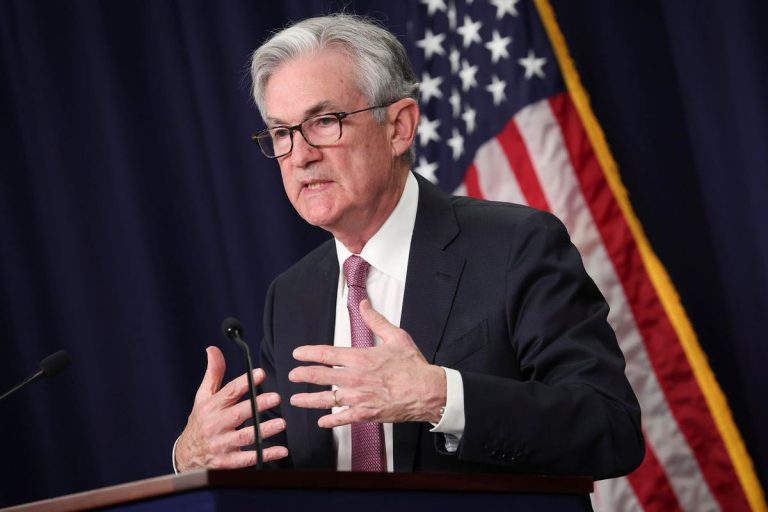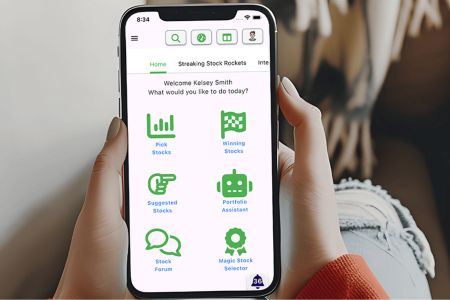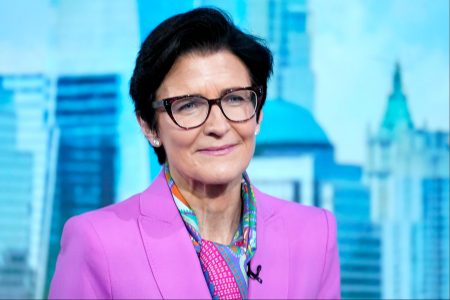The minutes of the Federal Reserve meeting from July suggest another hike in 2023 is possible, most likely in November. The Fed continues to make no mention of lowering rates in the near term and refer to “the extent of additional policy firming”, rather than any suggestion that rates could move lower.
However, the minutes did signal that we may be close to the top of the interest-rate cycle as the Fed looks to “balance the risk of an inadvertent overtightening of policy against the cost of an insufficient tightening”. There was also some encouraging signs that the Fed is becoming more optimistic on inflation as the minutes stated that “data arriving in coming months would help clarify the extent to which the disinflation process was continuing”. So far, since the Fed’s July meeting, that data, especially inflation data, has been broadly encouraging.
The Market’s View
Similar to much of 2023, the market believes that the Fed is less likely to raise rates than the Fed itself suggests. The CME Fedwatch Tool estimates, based on interest rate futures, that the there’s almost a 9 in 10 chance the Fed holds rates steady in September, with a 1 in 5 chance of a November hike.
This is likely because the markets believe coming inflation data will provide more evidence of cooling prices, whereas the Fed is understandably reluctant to forecast data before they have seen it. That said, for much of 2023 so far the markets have underestimated the scope of medium-term interest rate hikes. Despite that the markets have proved generally accurate in predicting upcoming meeting decisions.
The Fed’s Concerns
The Fed continues to watch data that is less optimistic on inflation. Yes, headline CPI is now down to an annual rate of 3.2% with the latest CPI release. However, the Fed prefers to strip out more volatile elements of inflation to measure the fundamental trend.
That can be done either through core CPI, which strips out food and energy, or the trimmed mean inflation, from the Dallas Fed, which removes series showing more extreme price moves. Both of these series annual signal inflation is running at over 4%, compared to the Fed’s 2% target.
Then the Fed also worries about the balance of risks. The Fed sees it as more likely that factors could drive inflation unexpectedly higher, rather than moving it unexpectedly lower. In this regard, many of the Fed staff remember the inflation of the 1980s, when the Fed was at times too early in calling victory over inflation. They don’t want to repeat that process of cutting rates, only to have to raise them soon after.
A More Fragile Consensus
A much as the Fed decision to raise rates was unanimous, “a couple of participants indicated that they favored leaving the target range for the federal funds rate unchanged or that they could have supported such a proposal.”
Similar, to the June’s Fed meeting when rates were held steady, but the minutes stated “some participants indicated that they favored raising the target range”, this suggests that the fine-tuning of rates may lead to a lack of consensus from policy makers. Though so far, Fed Chair Jerome Powell has built consensus for each decision and maybe that will continue.
What’s Next
We still have more inflation and unemployment data to come before the Fed next meets to set rates on September 20. Also, last year, Powell’s Jackson Hole speech was significant in providing context for the broader outlook for monetary policy, and his coming speech on August 25 could prove similarly informative.
Currently, most Fed decision makers another hike in 2023 as the base case, but the markets are less convinced. However, both the Fed and markets would broadly agree that we are close to peak interest rates, and that interest rates will likely start to moderate somewhat in 2024.
Read the full article here









